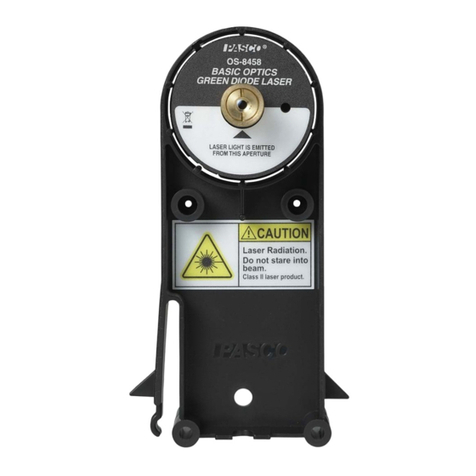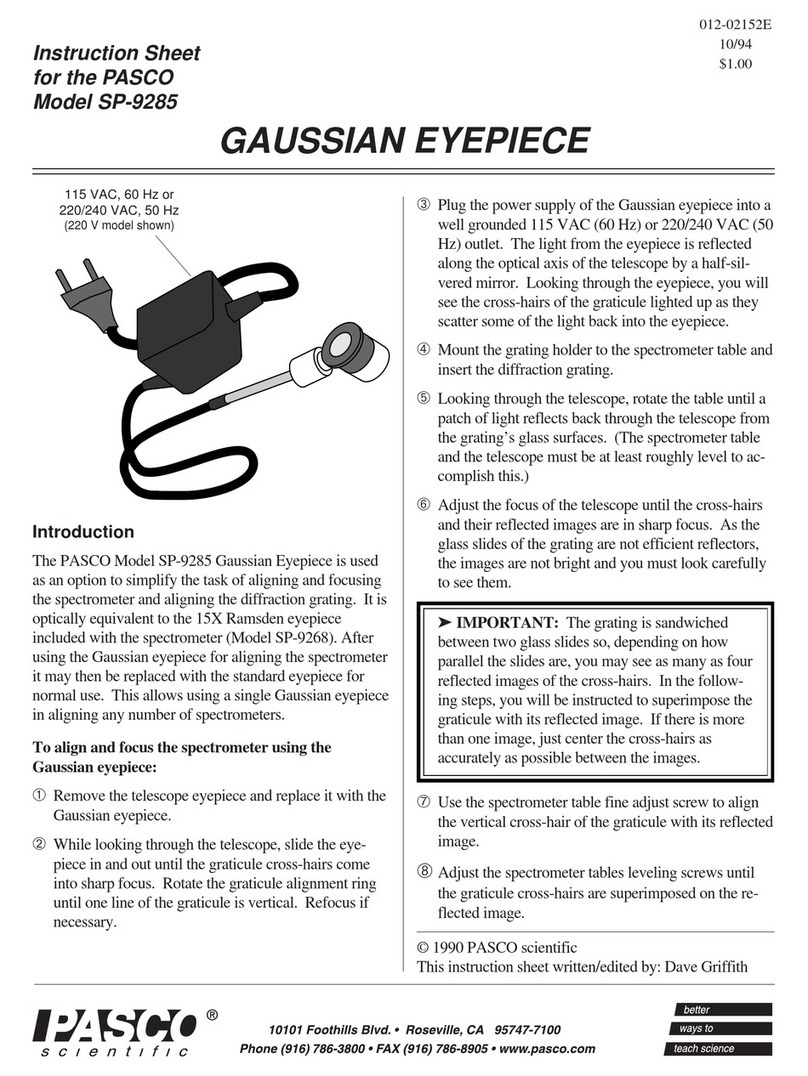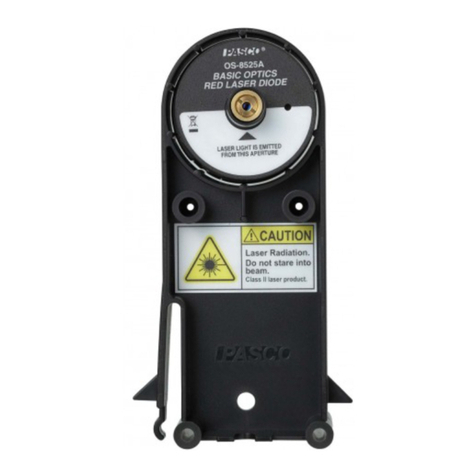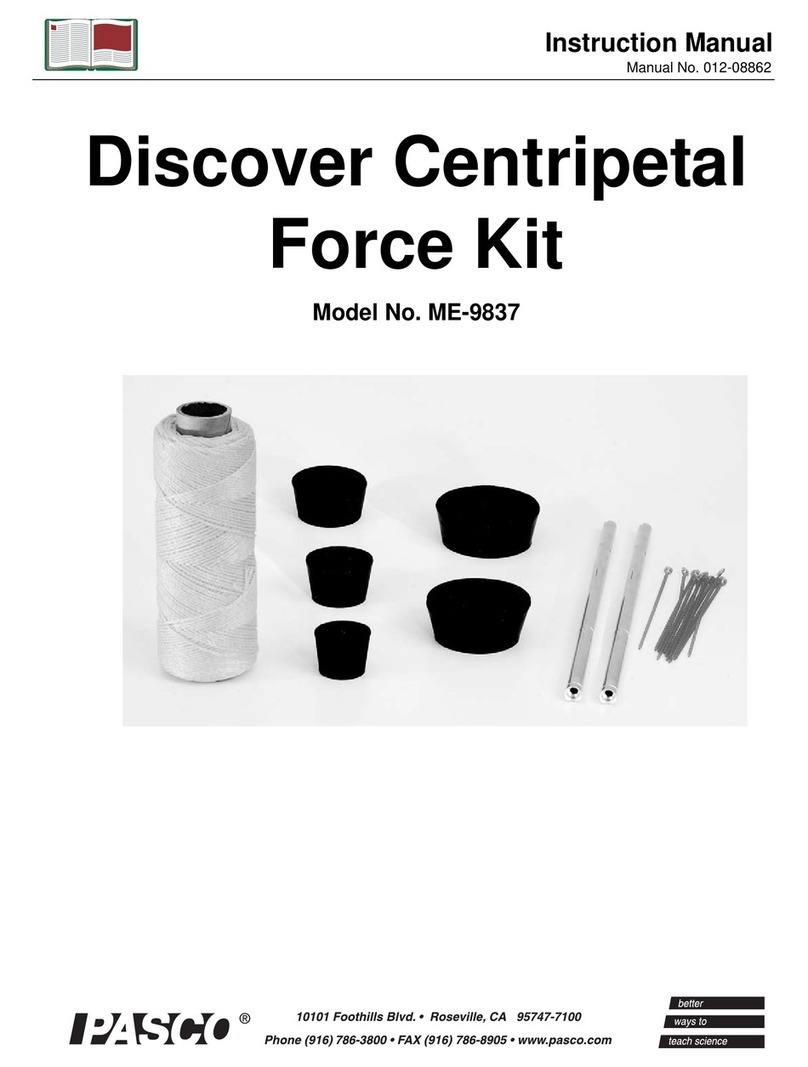PASCO PS-3238 User manual
Other PASCO Measuring Instrument manuals
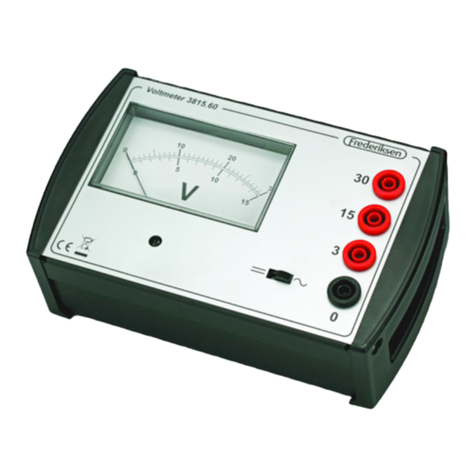
PASCO
PASCO SF-9568A User manual
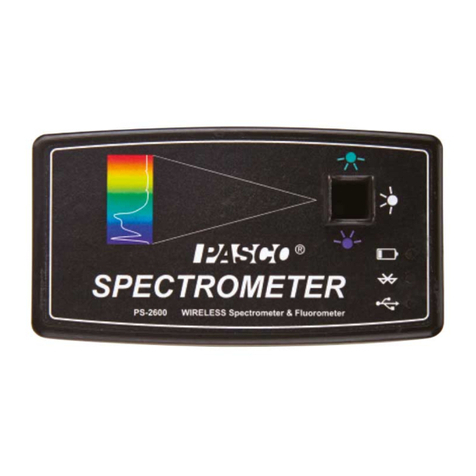
PASCO
PASCO Pasport PS-2600 User manual

PASCO
PASCO ME-9495A User manual
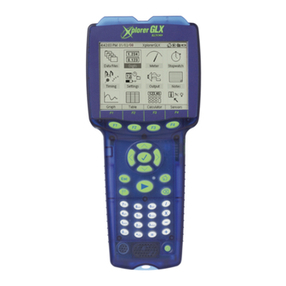
PASCO
PASCO Xplorer GLX Programming manual

PASCO
PASCO Brolight SE-9629 User manual

PASCO
PASCO PS-3222 User manual
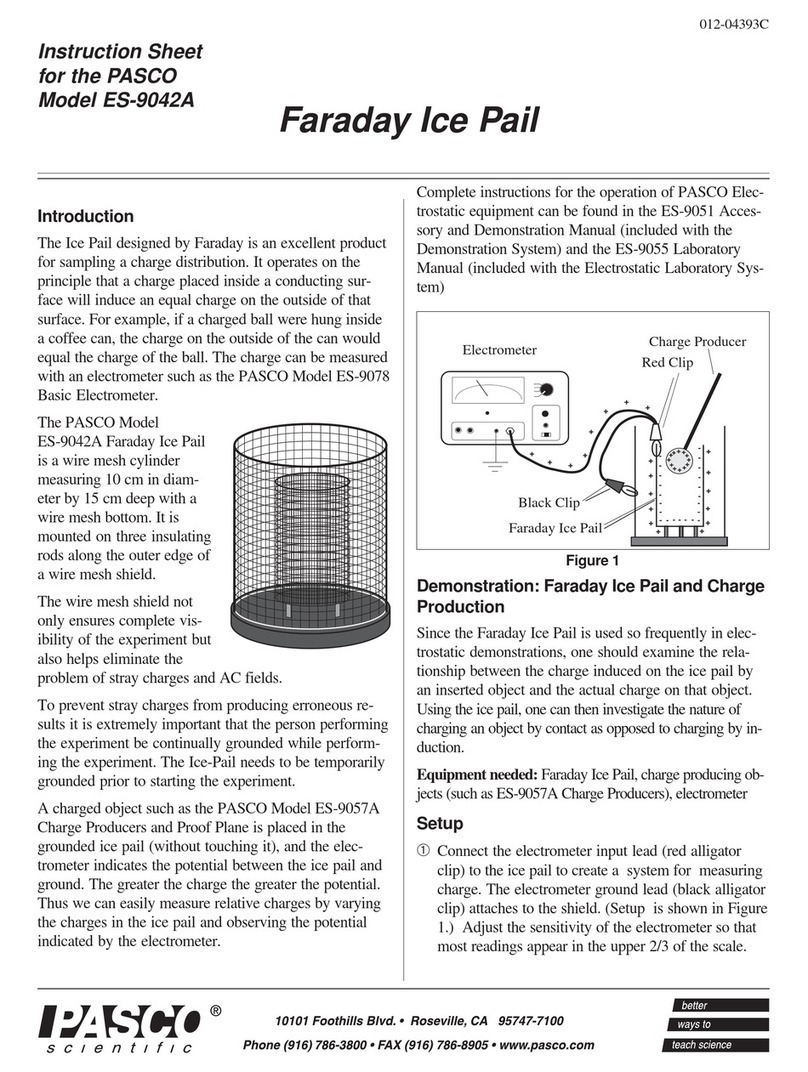
PASCO
PASCO ES-9042A User manual
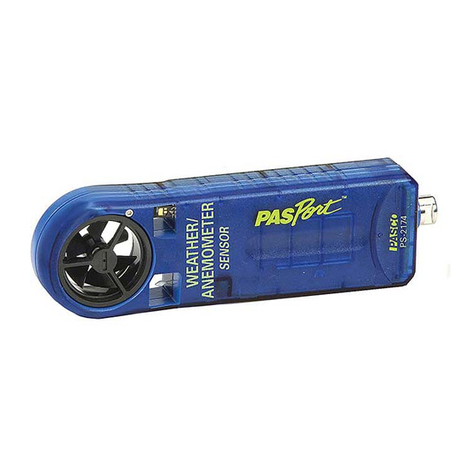
PASCO
PASCO PASPORT PS-2174 User manual
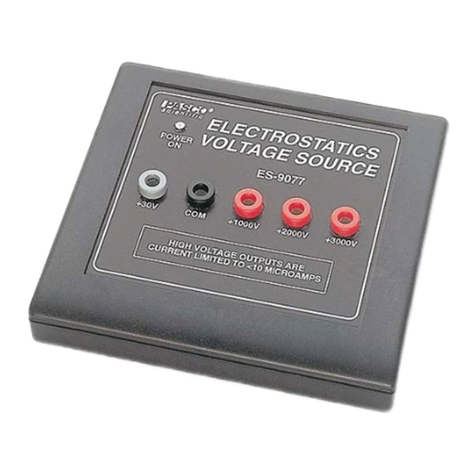
PASCO
PASCO ES-9077 User manual
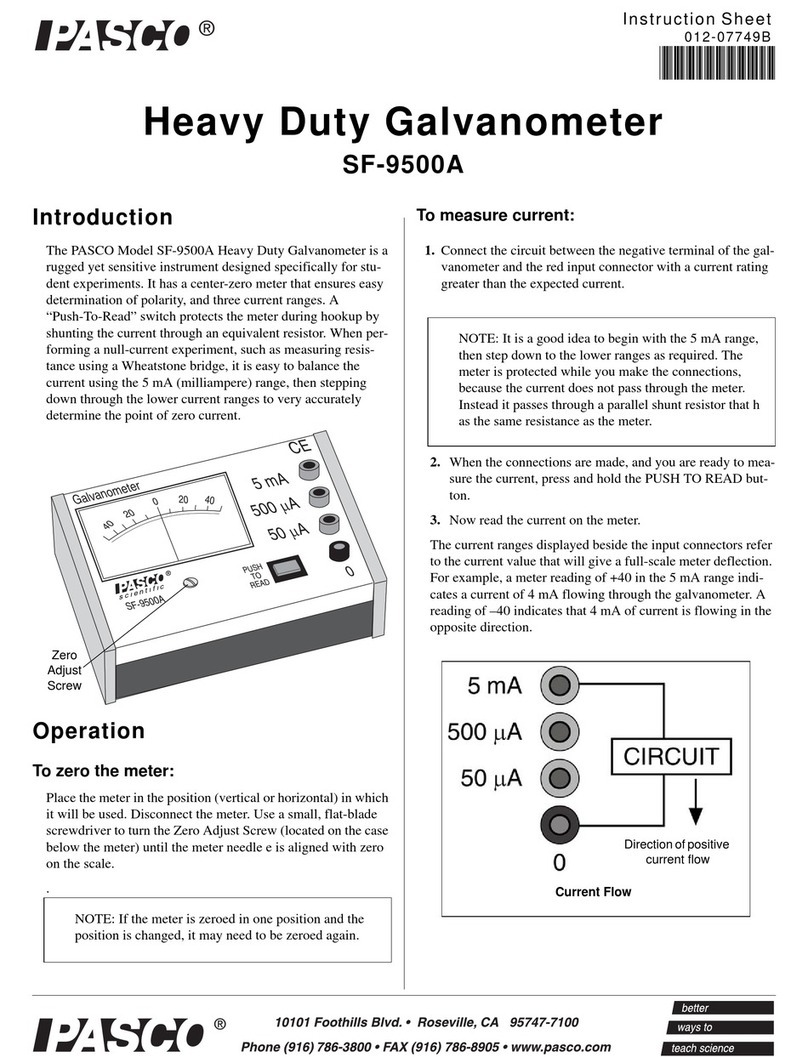
PASCO
PASCO SF-9500A User manual
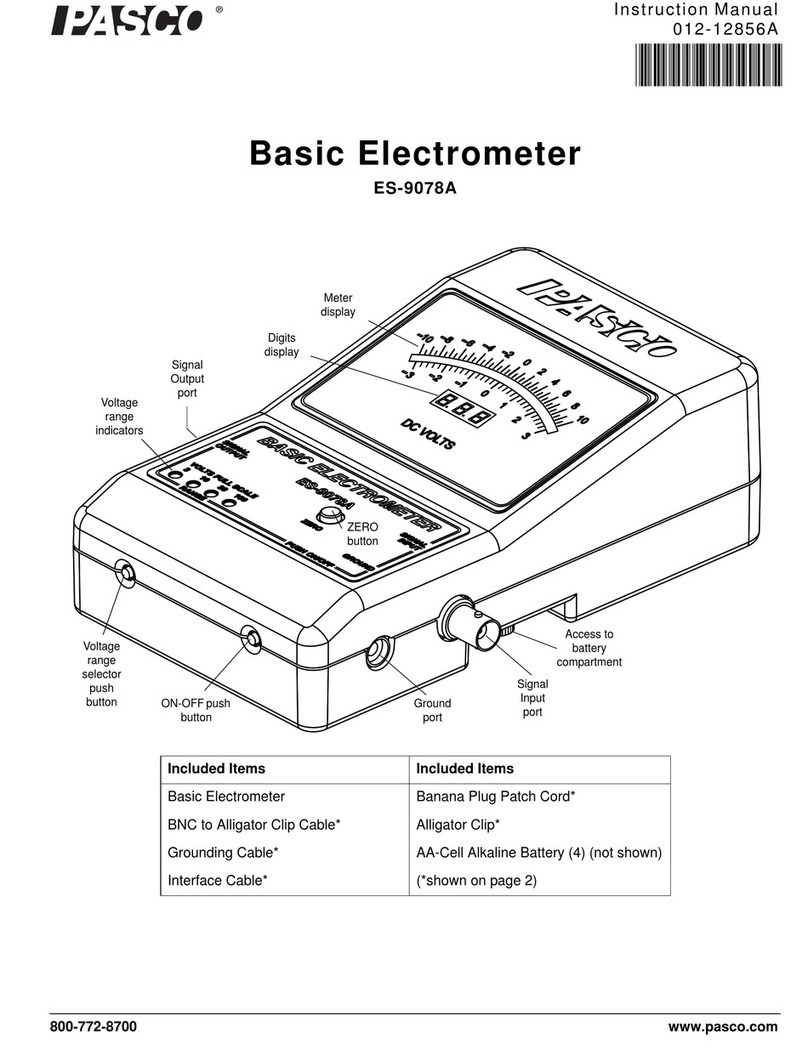
PASCO
PASCO ES-9078A User manual

PASCO
PASCO PASPORT PS-2108 User manual
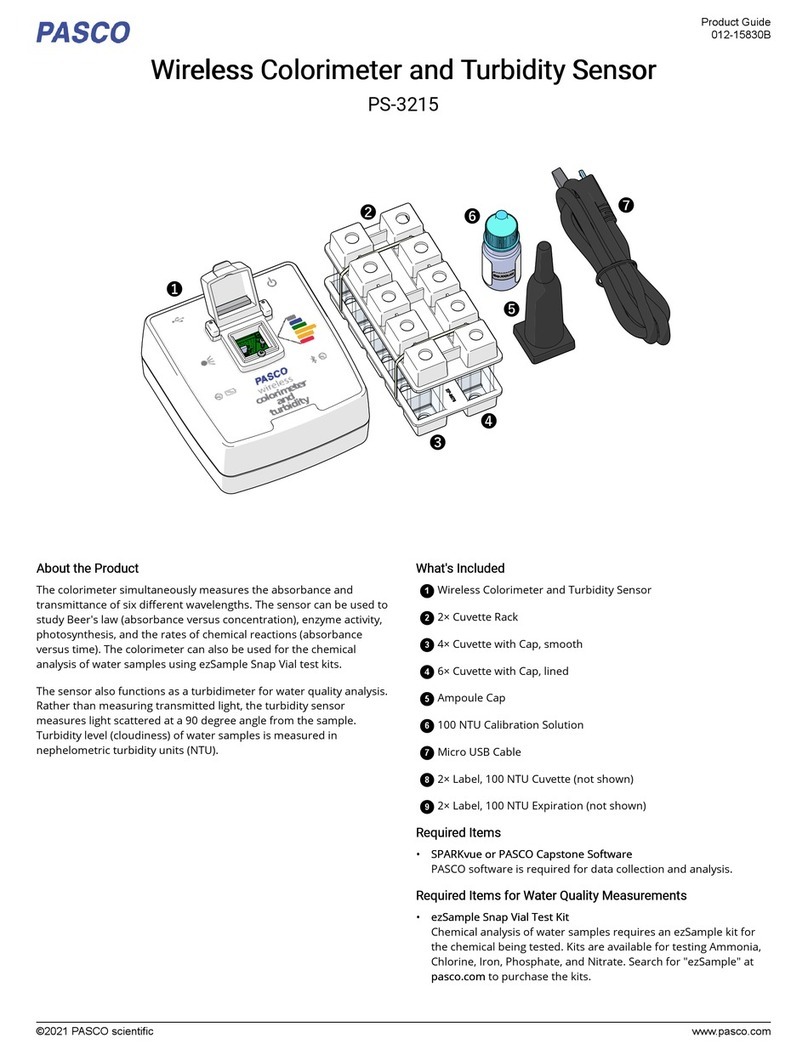
PASCO
PASCO PS-3215 User manual
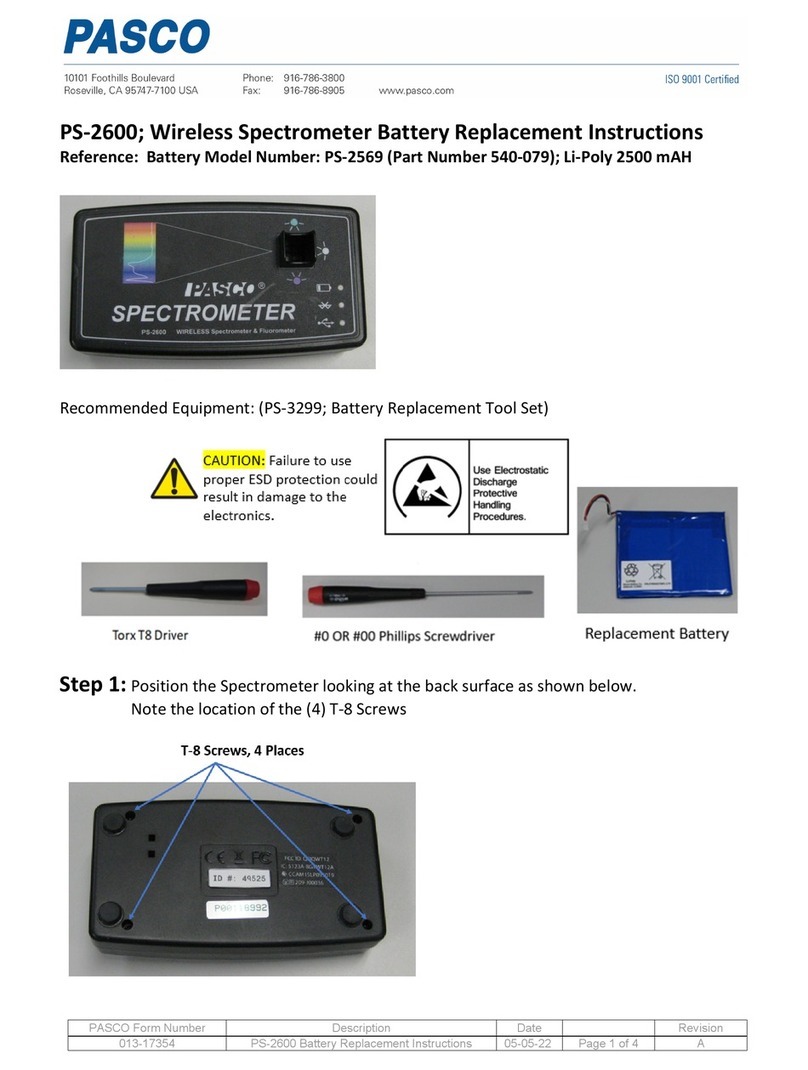
PASCO
PASCO PS-2600 Use and care manual

PASCO
PASCO SF-9568A User manual
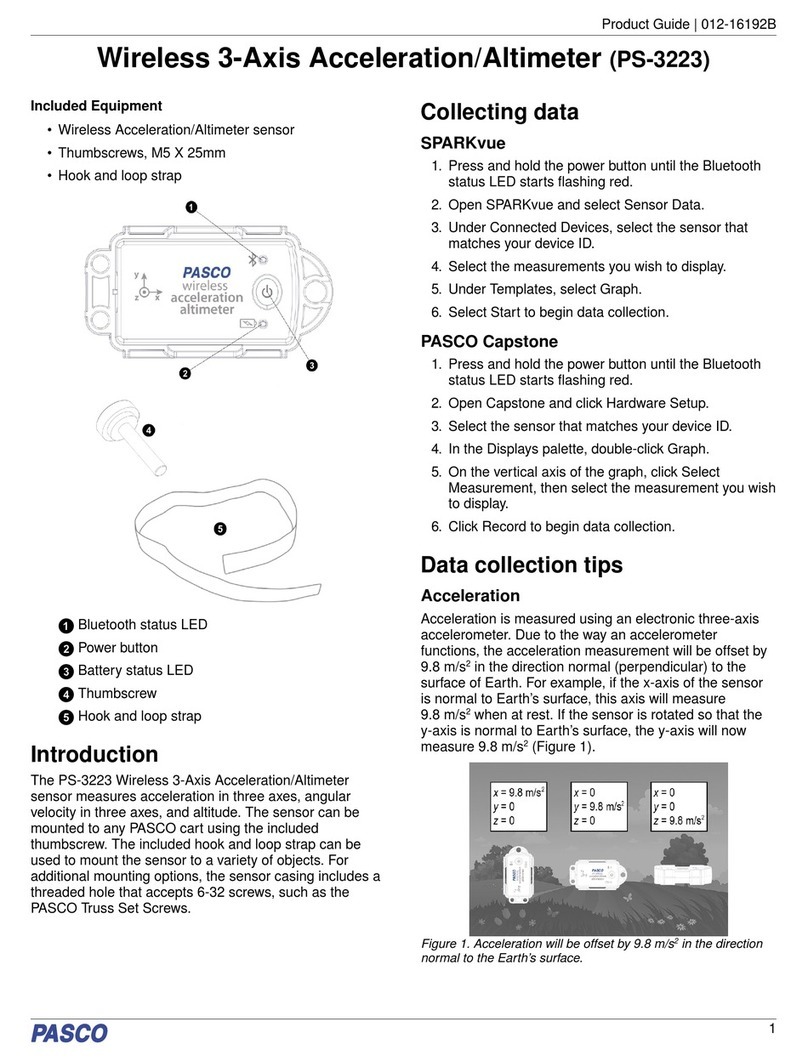
PASCO
PASCO PS-3223 User manual
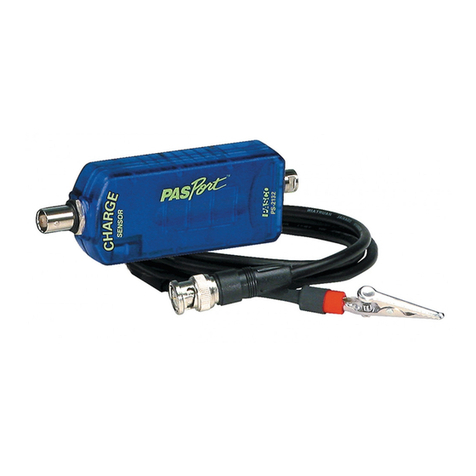
PASCO
PASCO Pasport PS-2132 User manual
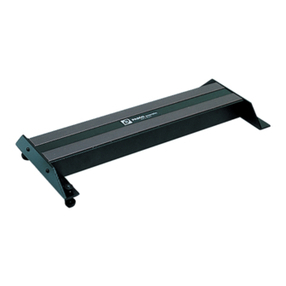
PASCO
PASCO OS-9171 User manual
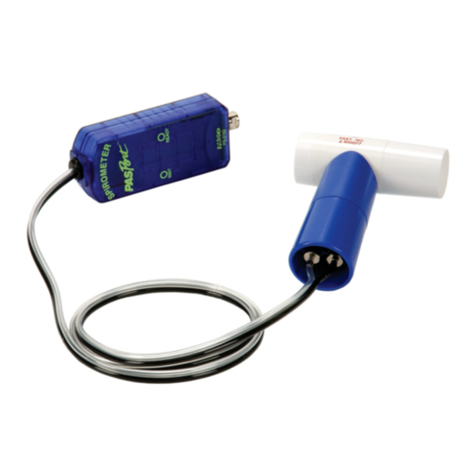
PASCO
PASCO PASPORT PS-2152 User manual
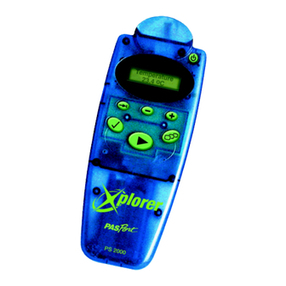
PASCO
PASCO PASPort Xplorer PS-2000 User manual
Popular Measuring Instrument manuals by other brands

Powerfix Profi
Powerfix Profi 278296 Operation and safety notes

Test Equipment Depot
Test Equipment Depot GVT-427B user manual

Fieldpiece
Fieldpiece ACH Operator's manual

FLYSURFER
FLYSURFER VIRON3 user manual

GMW
GMW TG uni 1 operating manual

Downeaster
Downeaster Wind & Weather Medallion Series instruction manual

Hanna Instruments
Hanna Instruments HI96725C instruction manual

Nokeval
Nokeval KMR260 quick guide

HOKUYO AUTOMATIC
HOKUYO AUTOMATIC UBG-05LN instruction manual

Fluke
Fluke 96000 Series Operator's manual

Test Products International
Test Products International SP565 user manual

General Sleep
General Sleep Zmachine Insight+ DT-200 Service manual
